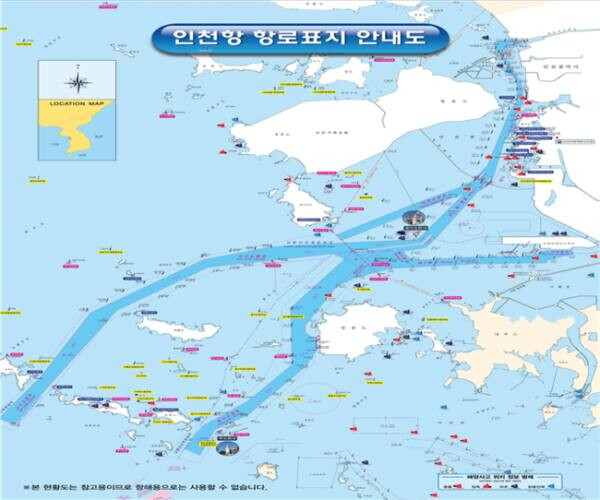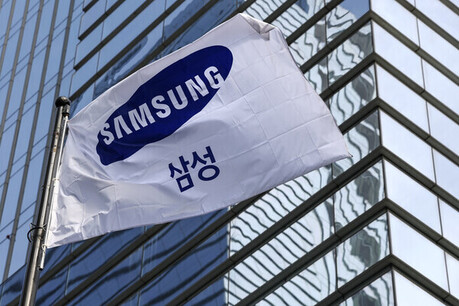
The Incheon Regional Office of Oceans and Fisheries (IROOF) announced on April 22nd the distribution of a revised edition of the "Incheon Port Navigational Aids Chart" in response to the recent increase in maritime accidents. This updated chart aims to ensure the safe operation of vessels navigating the busy Incheon port and surrounding waters.
The latest edition incorporates changes made to navigational aids in 2024. Crucially, it includes guidelines for the public on how to respond to Global Positioning System (GPS) jamming, a frequent occurrence in the sensitive Northern Limit Line (NLL) area near Baengnyeong Island and other parts of the West Sea. This section provides crucial information for mariners who may experience disruptions to their primary navigation systems.
Furthermore, the revised chart offers detailed explanations of "tidal signal buoys" that provide real-time tidal current information within Incheon Port. Recognizing the increasing reliance on digital navigation tools, the chart also features a Quick Response (QR) code that allows users to easily download and access the "SeaRoad (HaeRoad)" mobile application, a national maritime navigation service. The inclusion of a QR code linking to the app's installation further facilitates access to modern navigational resources. The chart also contains image files of the navigational aid map for convenient digital reference.
The IROOF has distributed the updated charts to key locations including the Incheon Port Coastal Passenger Terminal, the Fisheries Division of Incheon City Hall, and the Marine and Fisheries Division of Jung-gu District Office. Fishing communities in areas such as Deokjeokdo and Soyado will receive the charts either through direct visits by IROOF personnel or via postal mail, ensuring that this vital safety information reaches those who need it most.
Kim Hyeong-jun, Head of the Navigational Information Facilities Division at the IROOF, emphasized the office's commitment to maritime safety. "We will continue to provide the latest navigational aid information to vessel operators and other maritime stakeholders to prevent accidents and create a safer marine traffic environment," he stated.
To further enhance the safety measures, the Incheon Port Authority might also be involved in or considering the following (based on typical port authority responsibilities and potential search results):
Enhanced Monitoring Systems: Investing in and upgrading Vessel Traffic Services (VTS) systems with advanced radar and Automatic Identification System (AIS) capabilities to provide comprehensive real-time monitoring of vessel movements within the port and its approaches.
Regular Safety Campaigns and Training: Conducting regular safety awareness campaigns and providing training programs for seafarers on topics such as safe navigation practices, emergency procedures, and the proper use of navigational aids and electronic charts.
Collaboration with Coast Guard: Strengthening collaboration with the Korea Coast Guard on search and rescue operations, accident investigations, and the enforcement of maritime regulations.
Infrastructure Improvements: Continuously evaluating and improving the port's infrastructure, including the maintenance and strategic placement of navigational aids, dredging of channels, and the provision of adequate harbor facilities.
Public Awareness Initiatives: Educating the general public, especially those involved in recreational boating or fishing, about maritime safety regulations and the importance of being aware of navigational hazards.
Technological Upgrades: Exploring and implementing new technologies to enhance maritime safety, such as e-Navigation systems, which integrate various information sources and services to support safer and more efficient navigation.
Analysis of Accident Data: Regularly analyzing maritime accident data to identify trends and implement targeted safety measures to address specific risks.
By proactively updating navigational information and potentially implementing these additional measures, the Incheon Port Authority demonstrates its dedication to ensuring the safety of all vessels operating within its jurisdiction and contributing to a more secure maritime environment in the region.
[Copyright (c) Global Economic Times. All Rights Reserved.]





























